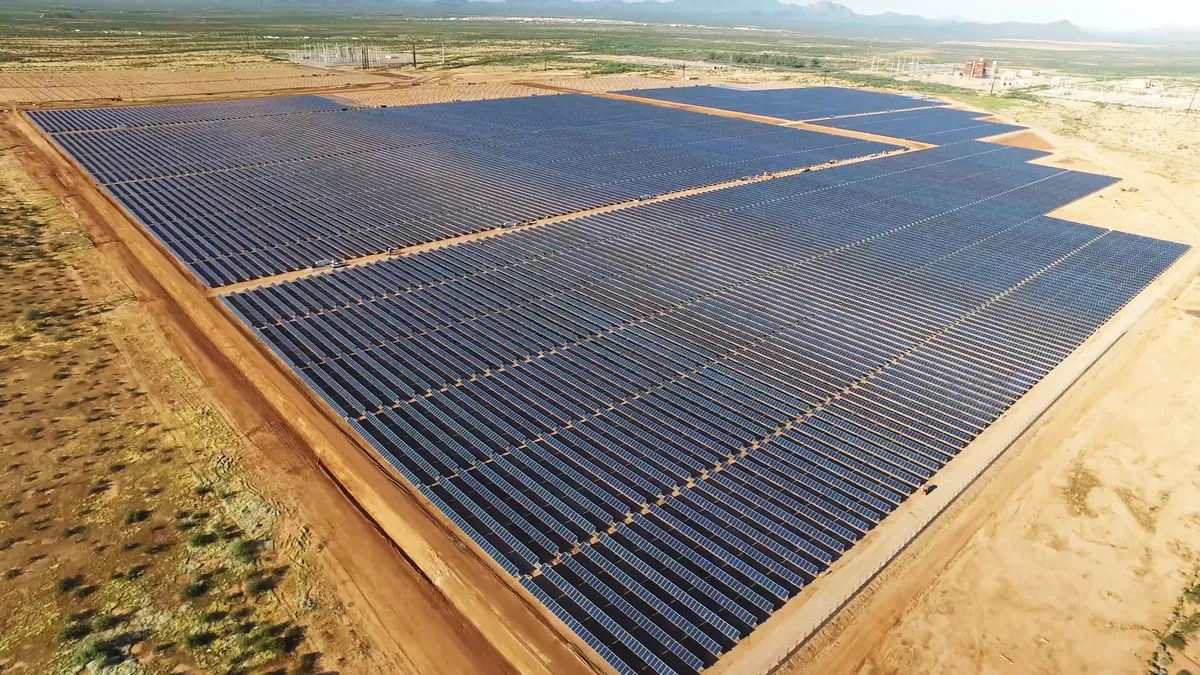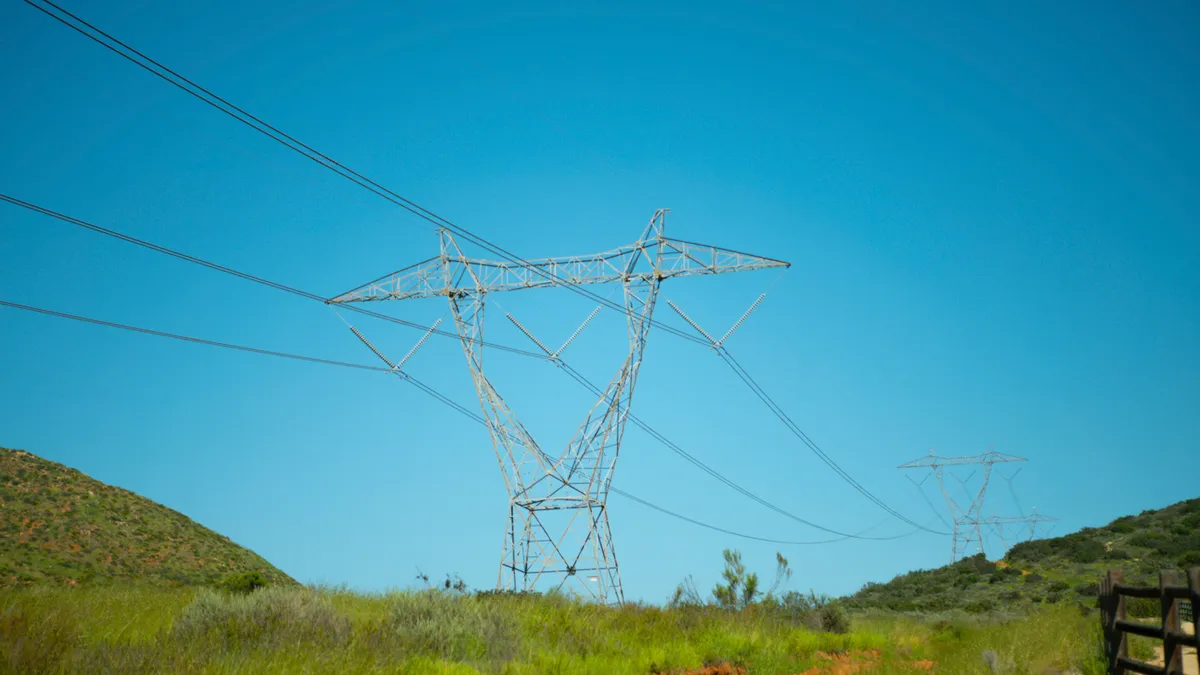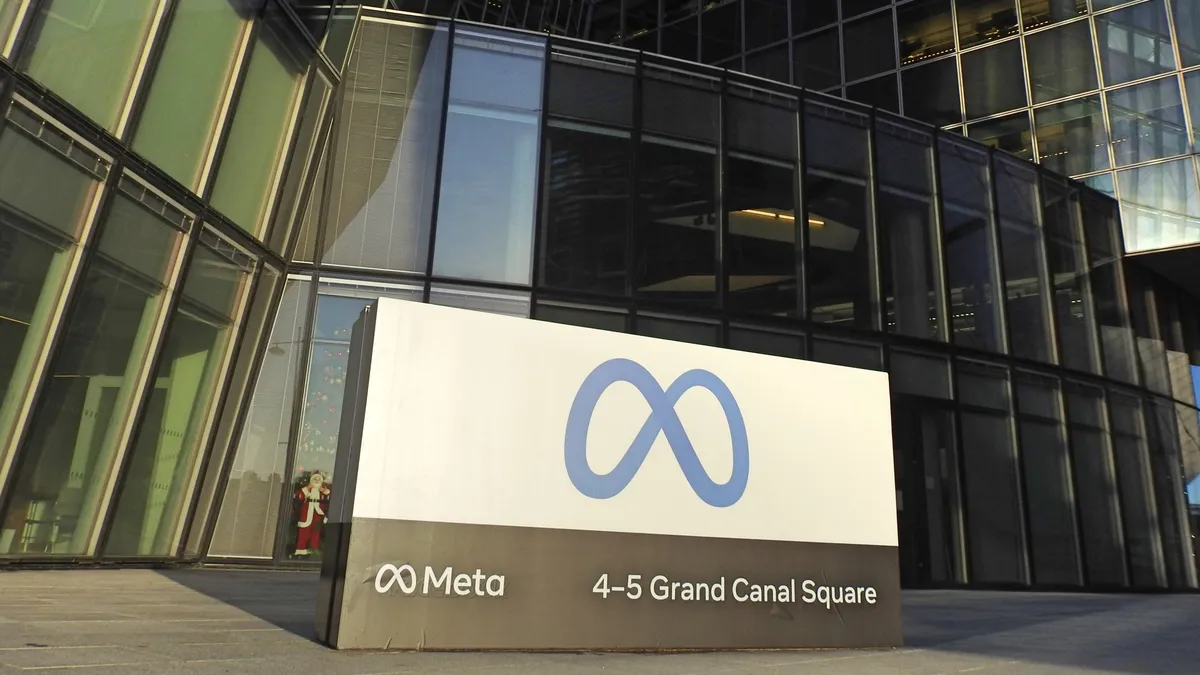What happens in Australia's solar and storage markets could be a valuable lesson for other countries, especially the United States.
The rooftop solar penetration in Australia is among the highest in the world, with about 13% of homes in the country hosting solar panels on their roofs. Similar to Hawaii, the power sector is looking to Australia as an early test-case for how to deal with this level of solar penetration.
"A lot of vendors are looking at Australia as a proving ground,” Brett Simon, energy storage analyst at GTM Research, told Utility Dive in an interview.
A new report from GTM Research, "The Australian Energy Storage Market: Downstream Drivers and Opportunities," highlights the country's recent solar boom and its growing appetite for energy storage.
A reduction in solar feed-in tariffs could prove to be a boon for energy storage in Australia, according to the report. The research outfit predicts Australia’s energy storage market will reach 244 MW of annual installed capacity by 2020 from a base of 7 MW expected to be installed this year.
“The market is growing quite substantially. It is about a 37-fold increase,” Simon said.
The solar boom in Australia
The explosive growth of solar in Australia is being driven by a confluence of events.
Australia starts with the advantage of being one of the best places in the world to tap solar power. On a solar insolation map, the entire country resembles the profile of the best solar power sites in the American Southwest. That, and relatively high electricity prices, has led to a boom in solar photovoltaic installations in Australia.
Over the last seven years, Australian electricity prices have risen between 75% and 125%, Simon says. Abundant sunshine and high electricity rates strengthen solar power’s competitive advantage, but there is a third factor that has been driving the growth of solar power in Australia. Many states have attractive feed-in tariff (FIT) rates.
Those factors have led to a solar power boom in Australia. A total of 1.4 million of the country’s households have installed solar panels. That is about 13% of the houses in the nation, and in some states, such as Queensland and South Australia, solar penetration is as high as 20% and 25%.
But in those same states where solar penetration has been highest, feed-in tariffs are being phased out under schedules put in place when the FITs were first adopted.
In New South Wales, FITs as high as AUD (Australian dollar) 0.6/kWh are set to expire at the end of 2016. Rates there would be determined by the local retail electricity provided, but on average they will likely be about AUD 0.05/kWh. [Editor's Note: At the time of this writing, 1 Australian dollar was equal to about 0.72 U.S. dollars.]
In Victoria, customers under the premium tariff scheme are eligible for AUD 0.6/kWh until 2024, but had to be enrolled before the end of 2011. The AUD 0.25/kWh and one-to-one tariffs expire at the end of 2016 with new tariffs falling to about AUD 0.05/kWh.
The FITs encouraged the installation of many of the present day’s solar systems, and they provided a revenue source for those homeowners.
While the reduction in FITs could be viewed as a loss of revenue for owners of existing solar systems and a lessening of incentives for those considering the installation of a solar system, the reduction in solar FITs also provides an incentive in another sector: energy storage.
Given the high electricity prices, existing customers are going to have an incentive “to keep things where they are economically,” Simon said. And for new customers, it is going to make sense to combine storage and solar power to “self consume” and offset electricity rates that can be as high as AUD 0.3/kWh, he says. In other words, homeowners with solar systems could store energy during the middle of the day and consumer it during peak evening hours when rates are higher.
The high price of electricity and declining costs of both solar panels and batteries will be a strong incentive for consumers to add storage to both existing and new solar systems, Simon said, adding that solar installers in Australia are already beginning to bundle storage systems.
What happens in Australia may not stay down under
In the U.S., there are no FITs, but their functional equivalent is the payments homeowners can receive under net metering policies. In several jurisdictions, the practice of net metering, which allows homeowners with solar power systems to sell their excess power back to the grid, usually at the retail rate of electricity, is under scrutiny or has been being eliminated.
Hawaii is one market that is going to be closely watched in that respect. The state has abundant sunshine and aggressive renewable energy targets, but it also just ended its retail net metering policies.
Some solar industry executives are concerned that the absence of net metering could slow solar installations. But combining a solar power system with energy storage could provide an economic replacement for net metering. By offsetting high evening peak charges by self consuming, solar owners could make up revenues lost from reduced net metering revenues.
Like Hawaii, Australia may be yet another postcard from the future for the U.S. power sector.





















